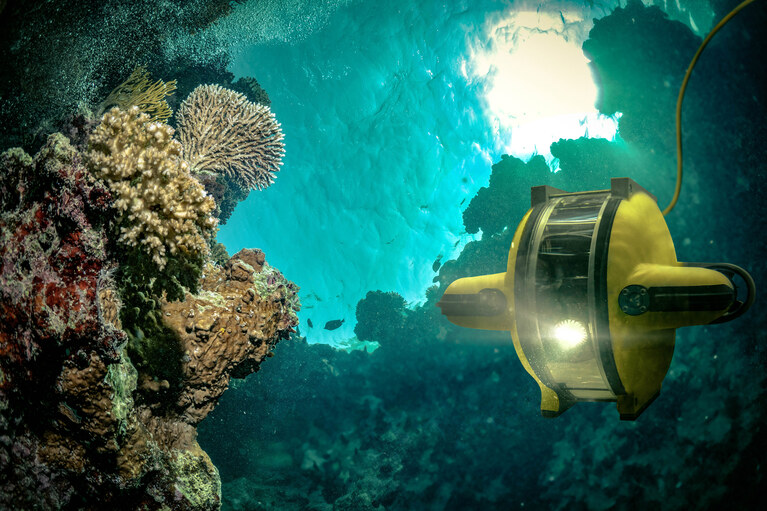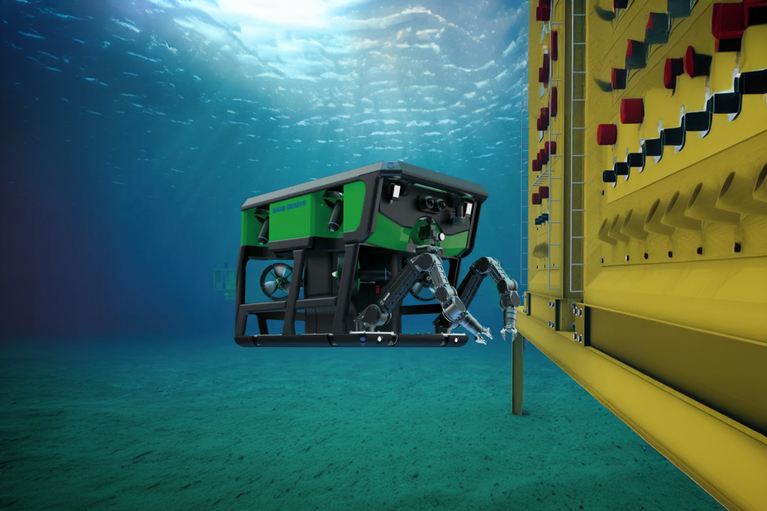
Supporting more functionality, increased payload and longer run time
Learn how Vicor delivers high power with efficiency and reduced weight that allows for greater payload options to support mission success
LED technology is used in a wide range of applications, from large-format video displays to architectural lighting. Engineers who are designing power systems for LED applications face a number of challenges to develop systems that offer a tangible advantage over competitors’ products.
Although LEDs are an efficient light source, systems have an increasing need for power. This is driven by the use of brighter LEDs, more LEDs in panels and more panels with the system. Despite this, there is also a need to reduce size, as panels become thinner and are sometimes shaped into unique form-factors. Lighter systems are also needed, as they are easier to handle, and place less demand on the structures supporting the LEDs.
To provide the best return, and maximize the sales of the product, cost of ownership of LED systems must be minimized. This is not just an issue of what is on the BOM: design time can be a major cost, while increasing efficiency and improving reliability reduce the operating cost.
The Power Component Design Methodology provides several distinct advantages for LED applications. In addition to the proven reduction in design time, it allows the power components to be placed in the most appropriate physical position in the system: something that can be very important in large LED displays.
Vicor power components also offer a very compact form-factor, in particular minimizing the height above the board: our SiP packages are lower-profile than an LED, and even high power ChiP packages are only 1.26mm taller.
Efficiency can be increased by using higher voltages to transport power around the system. ZVS buck and buck-boost regulators can convert from up to 60V direct to the LED load, minimizing the I2R losses in the conductors, as well as reducing the size – and therefore cost – of cabling.
Using a Power Component Design Methodology also increases flexibility. By selecting a different front-end component, engineers can support universal AC, HVDC and low-voltage DC supplies.
Heat has a significant negative impact on LEDs, causing a loss of intensity, discoloration and reduced reliability. The high efficiency of power components, and the ability to place the converters in an optimal position, makes the Power Component Design Methodology an approach that inherently improves performance and reliability.
Related content
White Paper: An easier and more efficient way to keep your LEDs running brighter, longer!
Supporting more functionality, increased payload and longer run time
Learn how Vicor delivers high power with efficiency and reduced weight that allows for greater payload options to support mission success
Reducing I2R losses to enable extended missions
Learn how Vicor delivers high power with efficiency and reduced weight for electronic countermeasures
Compact, efficient power solutions enable improved countermeasure capabilities
Explore Vicor's efficient and reduced weight power delivery network for electronic warfare countermeasures systems
高性能電源モジュールで、世界最先端の完全電動ワーククラス ROV (eWROV) を実現
Saab UK社は、小型で放熱性の高い電源モジュールを使って、世界最高クラスの性能をもつ、環境に優しい eWROVを実現





